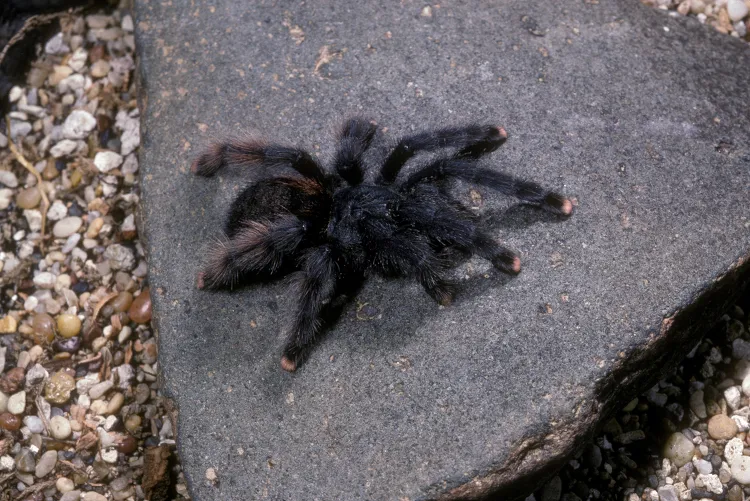Understanding the Pink Toe Tarantula
The Pink Toe Tarantula, scientifically known as Avicularia avicularia, is a captivating arboreal species, beloved by both novice and experienced arachnid enthusiasts. Their name comes from the distinct pink coloration on their tarsal segments, adding to their visual appeal. Native to the rainforests of South America and the Caribbean, these tarantulas are known for their docile nature, making them a relatively easy species to care for. Understanding their natural environment and specific needs is critical to ensure their well-being and longevity in captivity. This guide provides comprehensive information on how to successfully care for a pink toe tarantula.
Origin and Habitat
Pink Toe Tarantulas originate from the tropical rainforests of countries like Brazil, French Guiana, and Trinidad and Tobago. They are arboreal, which means they live primarily in trees, constructing silk retreats in branches and foliage. In their natural habitat, they experience high humidity and consistent temperatures. Replicating these conditions in captivity is crucial for their health and happiness. Understanding their natural environment informs the best practices for enclosure design, temperature regulation, and humidity maintenance, providing a comfortable and safe home.
Physical Characteristics
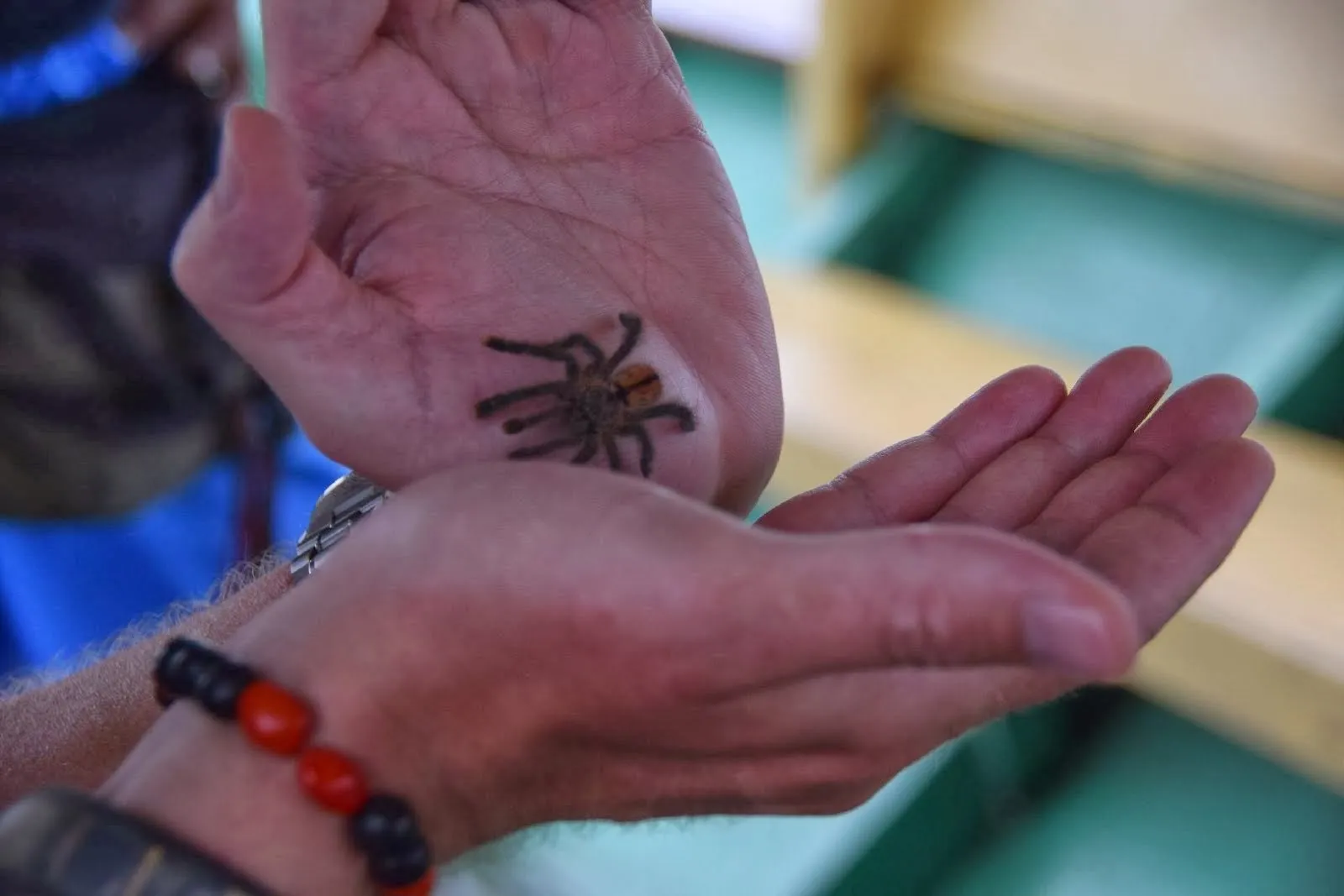
These tarantulas are easily recognizable due to their vibrant pink toe pads and dark bodies covered in fine hairs. Adults typically reach a leg span of 4 to 5 inches. Their carapace (the top of their head and thorax) can range from a metallic green to bronze, adding to their beauty. The abdomen displays a pattern of dark hairs. These features make them quite distinguishable from other tarantula species. Their overall appearance is a testament to their arboreal lifestyle, with adaptations allowing them to climb and move effortlessly among branches. Their coloring also provides a degree of camouflage within their habitat.
Creating the Ideal Pink Toe Tarantula Enclosure
Creating a suitable habitat is the most important factor in the long-term health and well-being of your pink toe tarantula. Mimicking their natural environment through careful planning is crucial. The enclosure should provide adequate space, temperature regulation, humidity, and appropriate decor to meet the needs of an arboreal species. This involves attention to detail, from tank size to substrate selection. Setting up the perfect environment will enhance the tarantula’s comfort, promoting its health and encouraging natural behaviors.
Choosing the Right Tank
An enclosure that is appropriately sized is critical. A good rule of thumb is to provide an enclosure that is at least three times the tarantula’s leg span in width and height. For adult pink toe tarantulas, a terrarium measuring 12x12x18 inches (or larger) is ideal. Ensure the enclosure has good ventilation, preferably with cross-ventilation to prevent stagnant air. Clear, well-ventilated enclosures also provide ease of viewing and provide a safe environment. Make sure the enclosure has a secure lid, as these tarantulas are excellent climbers, and preventing escape is important.
Substrate and Decor
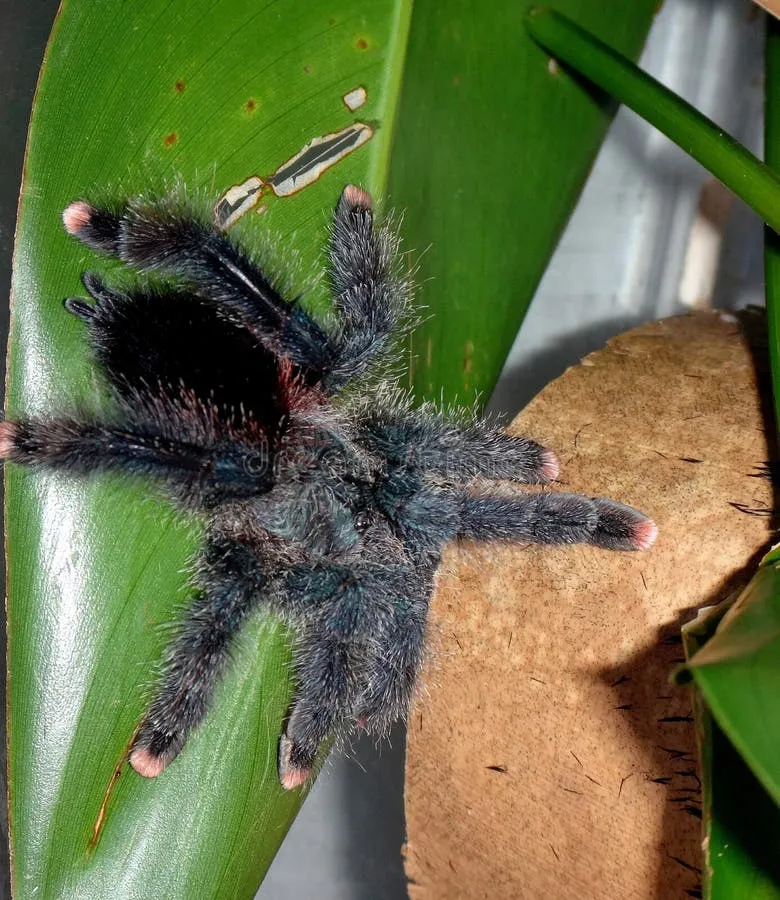
Substrate is the material used to line the bottom of the enclosure. For pink toe tarantulas, a substrate that retains moisture and provides a place to burrow if needed is best. A mix of coconut fiber, peat moss, and a small amount of sphagnum moss works well. The substrate should be deep enough, around 3-4 inches, to help maintain humidity levels. Decorate the enclosure with branches, cork bark, and artificial or live plants. These additions provide climbing opportunities, hiding spots, and help to replicate the natural environment. Ensure decor is securely placed to prevent any hazards.
Temperature and Humidity
Pink Toe Tarantulas thrive in a temperature range of 75-85°F (24-29°C). A small heat source, such as a low-wattage heat lamp or a heat mat placed on the side of the enclosure, can help maintain the required temperature. Humidity is critical for their health and should be kept between 70-80%. This can be achieved by misting the enclosure with water every day or two. Proper ventilation is important, so the enclosure does not become stagnant or experience mold growth. A hygrometer and a thermometer are essential tools for monitoring these environmental conditions.
Feeding Your Pink Toe Tarantula
Providing the correct diet is a fundamental aspect of caring for a pink toe tarantula. Their diet should primarily consist of live insects, which fulfill their nutritional needs and stimulate their natural hunting behaviors. Proper feeding practices, including the selection of appropriate food items and a regular feeding schedule, support their overall health and growth. Offering a balanced diet ensures your tarantula receives the necessary nutrients to thrive in captivity.
Diet and Food Choices
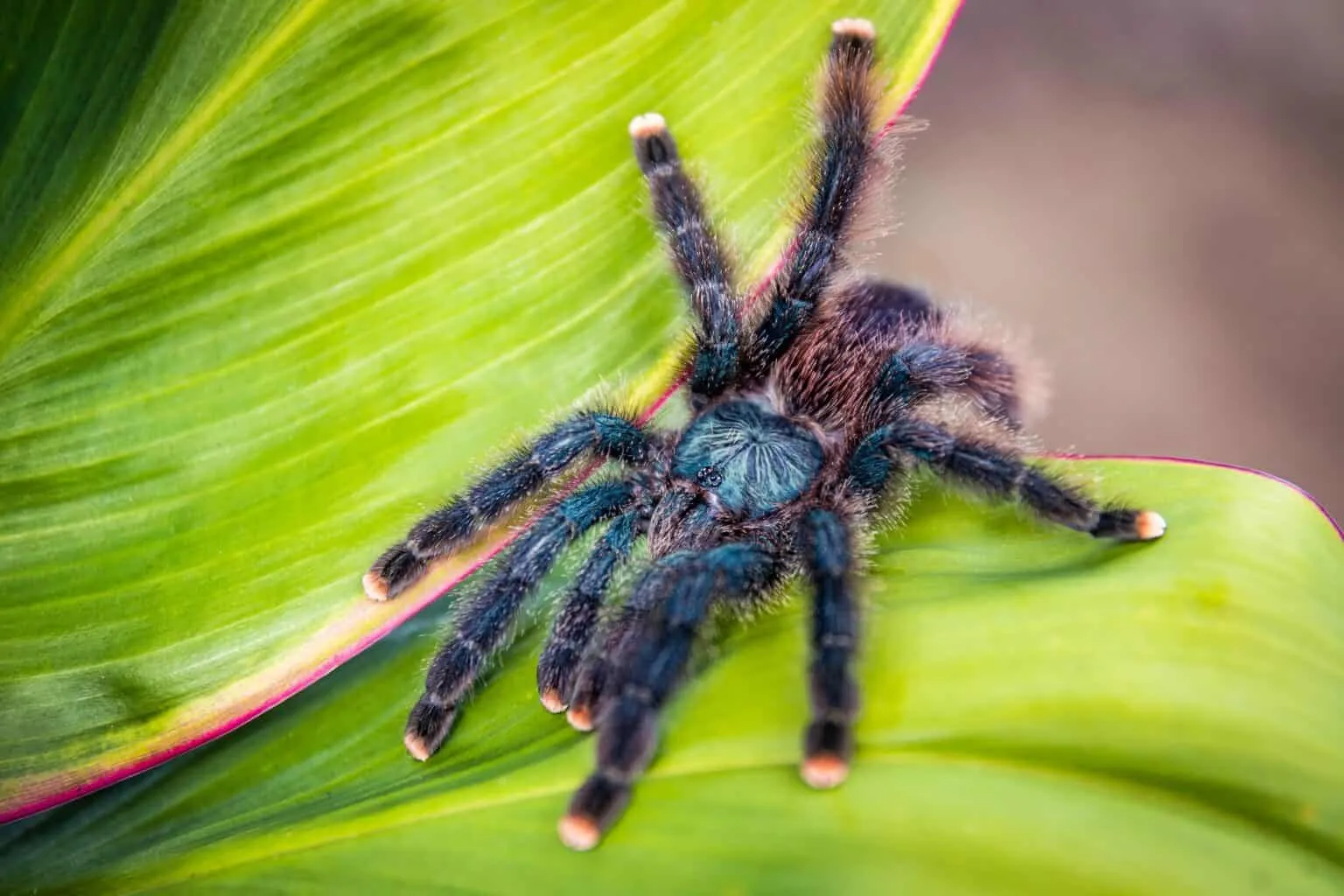
Pink Toe Tarantulas are primarily insectivores. Crickets, roaches (dubia roaches are a good choice), mealworms, and other commercially available feeder insects are suitable. The size of the insects should be appropriate for the tarantula’s size – typically, the insects should be no larger than the tarantula’s body. Varying the diet with different types of insects will provide a wider range of nutrients. It is also important to gut-load the insects with nutritious food before feeding them to your tarantula to further enhance their nutritional value.
Feeding Frequency
The feeding frequency depends on the age and size of the tarantula. Spiderlings (young tarantulas) can be fed every other day. Juveniles can be fed 2-3 times a week. Adult pink toe tarantulas can be fed once or twice a week. It’s crucial to remove any uneaten food within 24 hours to prevent mold and mites from developing. Overfeeding can lead to health problems, and it is better to slightly underfeed than overfeed. Always monitor your tarantula’s abdomen; it should be plump but not overly large.
Water and Hydration
Access to fresh water is essential. Provide a shallow water dish in the enclosure. Alternatively, misting the enclosure regularly helps maintain humidity, and your tarantula can drink the water droplets that form. Ensure the water dish is shallow to prevent drowning, especially for smaller tarantulas. The water should be changed every few days to keep it clean. Regular hydration contributes to the overall health, molting process, and well-being of your tarantula.
Handling and Interaction
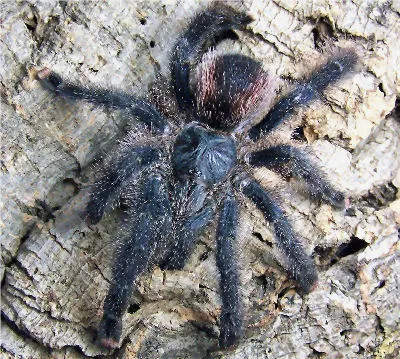
While pink toe tarantulas are generally docile, handling should be approached with caution. They are not typically considered a handling species due to their fragile bodies and potential for defensive behaviors. However, there are safe handling practices that can be adopted if necessary. Understanding the tarantula’s behavior and recognizing signs of stress are key to ensuring both your safety and the tarantula’s well-being during interactions.
Safe Handling Techniques
Handle your pink toe tarantula only when necessary, such as for enclosure maintenance. If you must handle it, do so gently, and allow the tarantula to walk onto your hand instead of grabbing it. Handling should occur near the ground or a soft surface, in case the tarantula falls. Avoid sudden movements and loud noises, which can startle the tarantula. Always wash your hands before and after handling, ensuring you don’t transfer any substances to the tarantula or expose yourself to potential allergens.
Signs of Stress
Tarantulas can display various signs of stress. If your pink toe tarantula is stressed, it might flick hairs from its abdomen (a defense mechanism), adopt a defensive posture, or move rapidly. A stressed tarantula might also refuse food. If you notice these signs, immediately place the tarantula back in its enclosure and give it space. Reducing stress factors, like excessive handling or a poorly maintained habitat, is crucial for their well-being.
Health and Common Issues
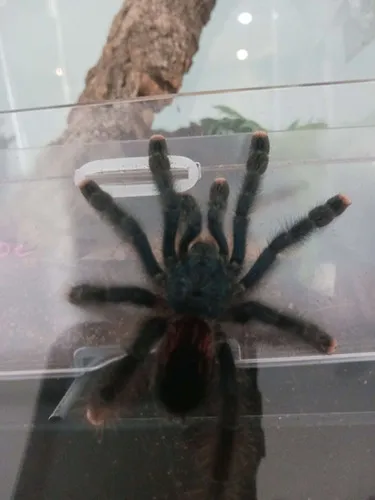
Maintaining a healthy pink toe tarantula requires a proactive approach to health care, focusing on preventive measures and recognizing early signs of illness. Understanding common health problems and knowing how to address them can significantly improve your tarantula’s longevity and quality of life. Regular observation, proper husbandry, and a keen understanding of tarantula behavior are crucial for ensuring a thriving pet.
Identifying Health Problems
Monitor your tarantula for any unusual behavior or physical changes. Common health issues include parasitic mites, fungal infections, and injuries from falls. Symptoms of mites include small, moving dots on the tarantula’s body, especially near the joints. Fungal infections can be recognized by discolored patches or lesions. Loss of appetite, lethargy, and difficulty molting are also potential signs of illness. If you suspect your tarantula is sick, isolate it from other tarantulas and consult with an experienced arachnid veterinarian.
Preventative Care
Prevention is critical for maintaining your tarantula’s health. Maintaining proper environmental conditions, including correct temperature and humidity levels, can prevent many common health issues. Ensure the enclosure is kept clean by removing uneaten food and fecal matter regularly. Quarantine new tarantulas to observe them for signs of illness before introducing them to your existing collection. Providing a varied diet and fresh water also contribute to their overall health. Always research your tarantula’s specific requirements and consult with an experienced tarantula keeper or veterinarian if you have any concerns.
Breeding Your Pink Toe Tarantula
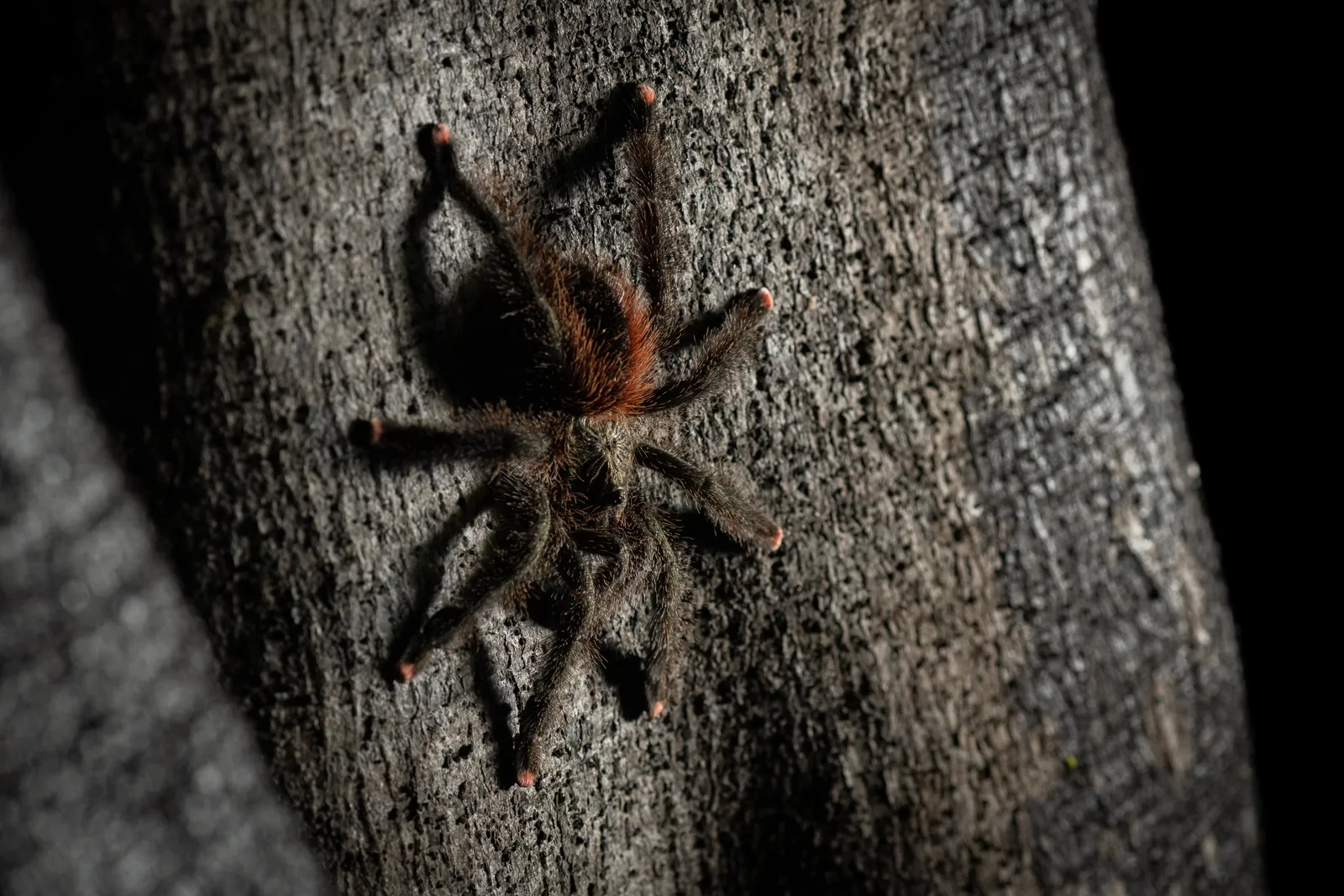
Breeding pink toe tarantulas can be a rewarding experience but requires a good understanding of their specific needs and behaviors. Successful breeding involves careful planning, from sexing your tarantulas to creating the proper environment for mating and caring for spiderlings. Understanding the breeding process is important for aspiring breeders to ensure the healthy development of both the adult tarantulas and their offspring.
Sexing the Tarantula
Before breeding, determine the sex of your tarantulas. The most reliable method is to examine the tarantula’s molt. The female will have a spermatheca (a receptacle for storing sperm) on the underside of her abdomen. Males will have a less complex structure. You can also examine the pedipalps (small appendages near the mouth) of the male tarantula; they will develop “boxing gloves” (bulbs) at the tips, which are used for mating. If you are unsure, consult with an experienced breeder or use online resources to help with sexing.
Mating Process
If you’ve identified a mature male and female, you can introduce them. The male will usually drum on the female’s enclosure, and if she is receptive, she will allow the male to approach. It is crucial to supervise the mating process, as the female may become aggressive towards the male after mating. After mating, remove the male from the enclosure to prevent him from being harmed. Provide the female with plenty of food, as she will need to build up her reserves for egg production.
Caring for Spiderlings
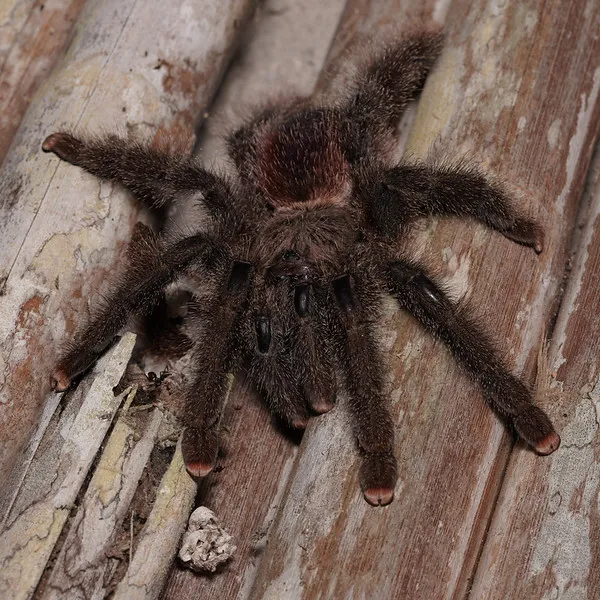
The female will lay eggs and create an egg sac. This sac should be kept in a warm, humid environment. After the eggs hatch, the spiderlings will emerge. Providing them with small, appropriate-sized food items (like flightless fruit flies or pinhead crickets) is essential. They can be kept together for a short time but will need to be separated into individual enclosures as they grow. Maintaining proper humidity, temperature, and regular feeding is crucial for the healthy development of the spiderlings. Raising spiderlings requires patience and a commitment to providing the necessary care.
